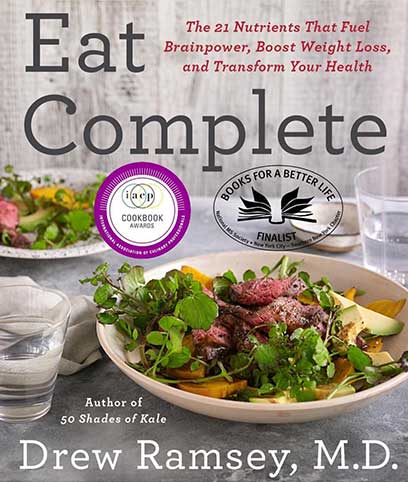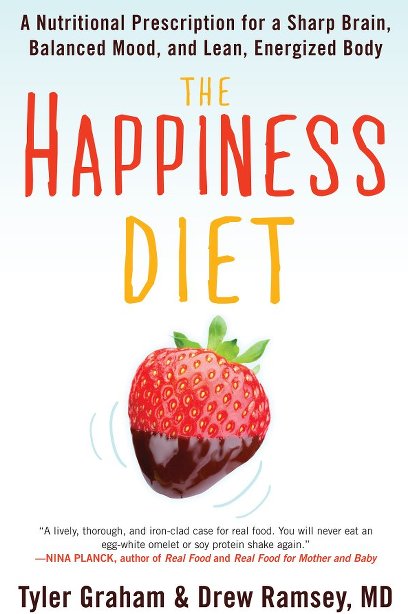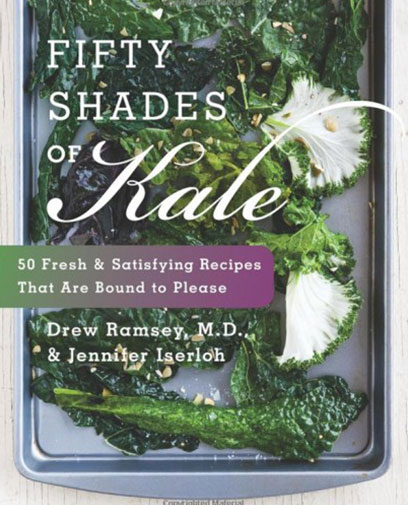Image courtesy Flickr/Dinesh Valke
Last summer I planted a few large plots of orange Cosmo flowers in early May. My mom had collected the seeds, originally in Vermont, and then had diligently harvested more Cosmo seeds from her original crop. She picks the dried seeds by hand in a process known as “gleaning.” With a bounty of seeds, we decided to put in some larger plots this year hoping for an orange blaze out in the field.
As the plants grew and bloomed, something caught my eye. Strung between them like pieces of thin spaghetti were long filaments. At first I thought these might be a part of the Cosmo plants, maybe part of their reproductive cycle or an air root.
A few days later, the patch of vines had grown surprisingly rapidly. And more concerning they were wrapping around the stem of the cosmos strangling the plant. The next day, hundreds of plants were brown and dying. We had a nasty plant on our hands, something none of us had seen before. In and old small reference guide to the weeds of North America we identified our intruder – The Dodder vine.
Armed with a name, I began to search out a cure for my orange flowers. Shivers ran down my spine when I came across this youtube video of the Dodder in action sniffing out its prey. Our Cosmos patch was in trouble. We were tangling with a USDA top ten problematic weed. The dodder is a parasite known by the names devil’s hair, Hellbind, and witch’s shoelaces.
Sometime during the ensuing battle to eradicate our dodder infestation, which included a lot of fire and 22 gallons of vinegar, I started thinking about the mental health implications of the dodder.
What fascinates me most about this vine is that it does not produce chlorophyll, the molecule needed by most other plants for photosynthesis. And I thought there was a lesson in this: The Dodder doesn’t care that it doesn’t have chlorophyll. It goes out and gets the nutrients it needs.
In talk therapy, we explore ourselves to understand our deficits, hopefully at the root of a struggle. But getting stuck on things you don’t have–the right look, a bigger brain, a comfortable apartment, better self-esteem–gets you, well, stuck.
I figure this was an interpretation I would never figure out how to tell a patient, “There is this parasitic vine that I know….”
But there is a good lesson for us all from the dodder vine. Instead of just lamenting our deficits, be pro-active and get what you need from the world. For the dodder it is nutrients from the host plants. For you maybe it is a different kind of nourishment like a meaningful connection with someone or taking the first step to a more satisfying job.
So from time to time, pull a Dodder from your play book. Don’t care about not having something – go get it.








